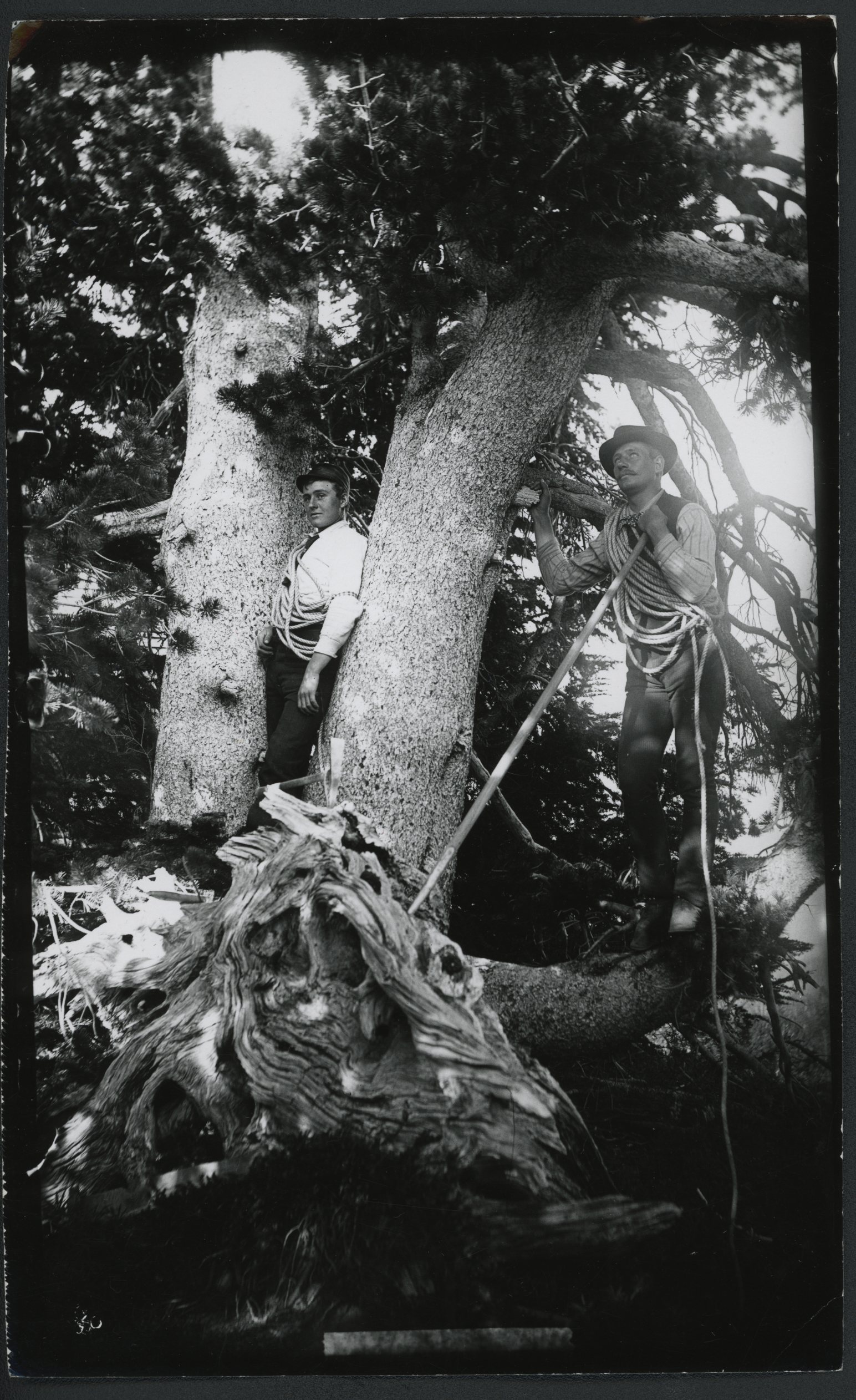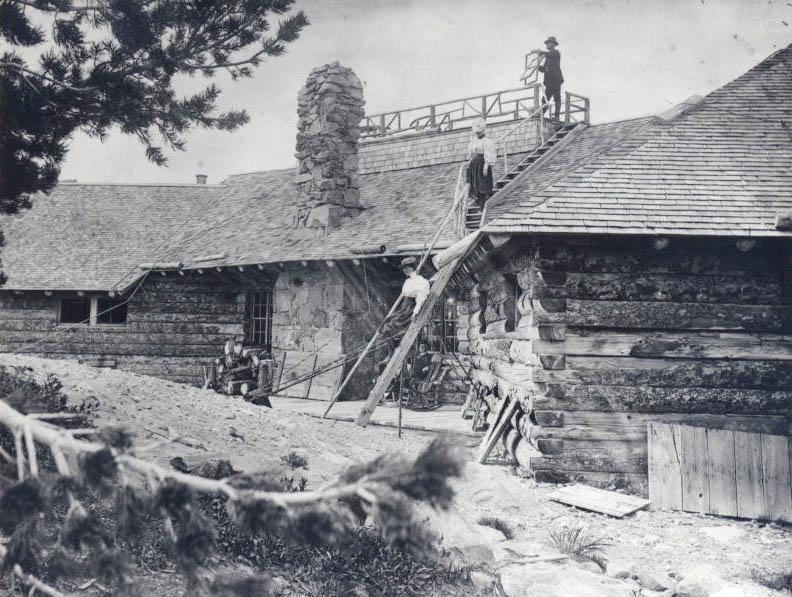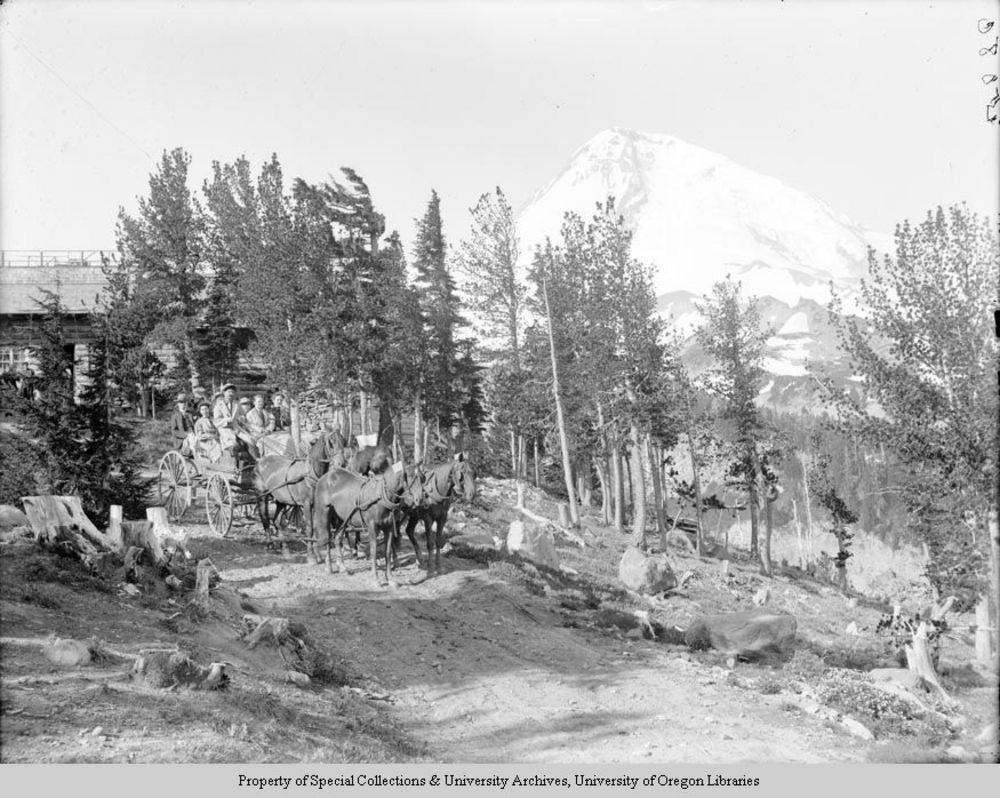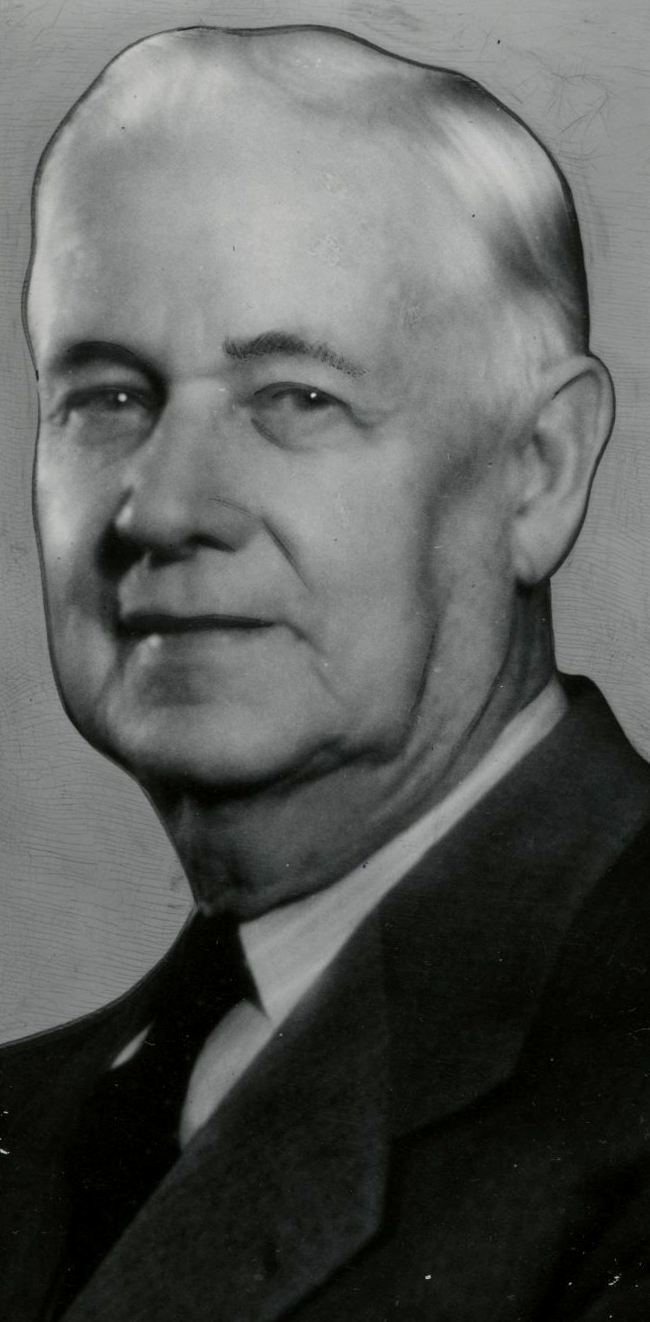While some have called William A. Langille the father of forestry in Alaska, his name remains more firmly linked with Oregon. A native of Nova Scotia, Langille arrived in Hood River in 1880 with his parents and younger brother, H.D. “Doug” Langille. Beginning in 1891, the family ran the newly built Cloud Cap Inn. The previous September, he and two other climbers had been the first to reach Mount Hood’s summit from that location. The Langille brothers quickly became prominent climbers, with William elected as the first vice president of the Mazamas shortly after that mountaineering group formed on Mount Hood in July 1894.
Langille’s first brush with forestry came in 1896, when he and his brother guided members of a federal commission around Mount Hood. Among the members of the commission, which had been appointed by President Grover Cleveland to study newly created forest reserves from public lands in the West, was forester Gifford Pinchot, who would found the U.S. Forest Service. The Langille brothers supported keeping the reserves (later renamed national forests) and staffing them with rangers, especially after a fire set by an itinerant sheepherder very nearly destroyed the Cloud Cap Inn.
Gold strikes in the Klondike took William Langille north in 1897, where he briefly shared a cabin with Jack London near Dawson City. London's dog at that time became the model for the character Buck in The Call of the Wild. After more than two years in the Yukon, Langille subsequently prospected in Alaska, and it was there that he came to the attention of officials such as Pinchot, who wanted to establish federal forests in the territory. Although not college educated, Langille's wide range of ability as a mountaineer, writer, photographer, botanist, and field mammologist, combined with survival skills honed in the far north, gained him wide notice.
Pinchot called Langille and others to Washington, D.C., in 1902 for a meeting that provided impetus for expanding forest reserves under President Theodore Roosevelt. Langille’s work in Alaska included mapping boundaries for the forest reserves, examining mining claims, enforcing game laws, and keeping records of timber sales and other business dealings. He even made recommendations that resulted in the establishment of the Sitka National Monument in 1910. By the following year, he had exchanged his post as one of the original forest supervisors (from when the U.S. Forest Service was created in 1905) for a job with a lumber company in Brazil. His brother also went to South America at about the same time and worked in Chile.
Both Langilles eventually returned to Oregon, where William pursued a career at the state highway department in 1927. He did right-of-way work until 1933, when State Parks Superintendent Sam Boardman persuaded him to serve as superintendent of a Civilian Conservation Corps camp at Cape Sebastian State Park. From 1935 until his retirement in 1950 at age eighty-one, Langille helped Boardman with timber valuations and park planning.
Langille is probably best known for writing historical vignettes on individual state parks in Oregon as part of his planning work, providing baseline information on those areas for the first time. Publicists would draw from his work to capitalize on the boom in recreation after World War II, which quickly made Oregon’s state park system one of the most heavily used in the nation.
-
![]()
Will and Doug Langille.
Courtesy Oregon Hist. Soc. Research Lib., 11567
-
![]()
Cloud Cap Inn, 1896.
Courtesy Oreg. Hist. Soc. Research Library, 003682
Related Entries
-
![Cloud Cap Inn]()
Cloud Cap Inn
Cloud Cap Inn stands at nearly 6,000 feet on Mount Hood's northeastern …
-
![Hood River (city)]()
Hood River (city)
Situated in the Columbia River Gorge about sixty miles east of Portland…
-
![Mazamas]()
Mazamas
The history of the Mazamas began in early 1894 when William Gladstone S…
-
![Mount Hood]()
Mount Hood
Mount Hood is a stratovolcano in northwest Oregon located about fifty m…
-
![Samuel H. Boardman (1874-1953)]()
Samuel H. Boardman (1874-1953)
As the first state parks superintendent in Oregon, serving from 1929 to…
Related Historical Records
Map This on the Oregon History WayFinder
The Oregon History Wayfinder is an interactive map that identifies significant places, people, and events in Oregon history.
Further Reading
Merriam, Lawrence C., Jr. Oregon's Highway Park System, 1921-1989: An Administrative History. Salem, Ore.: State Printer, 1992, pp. 283-284.







